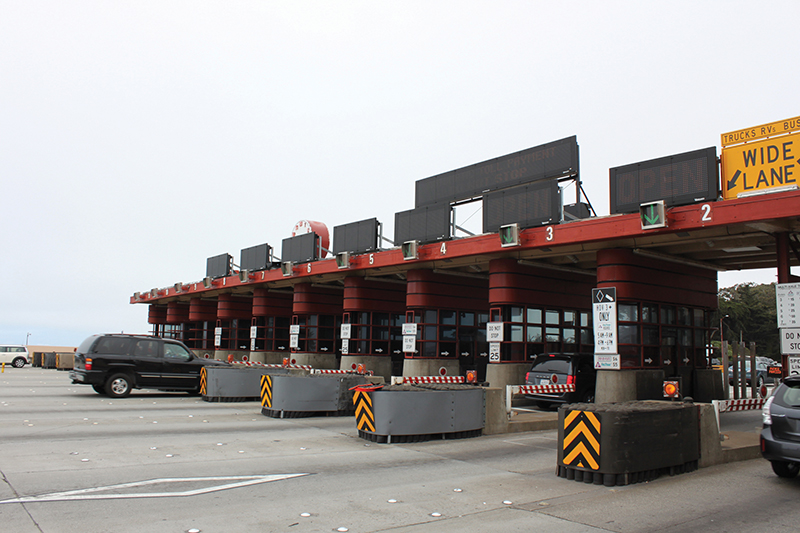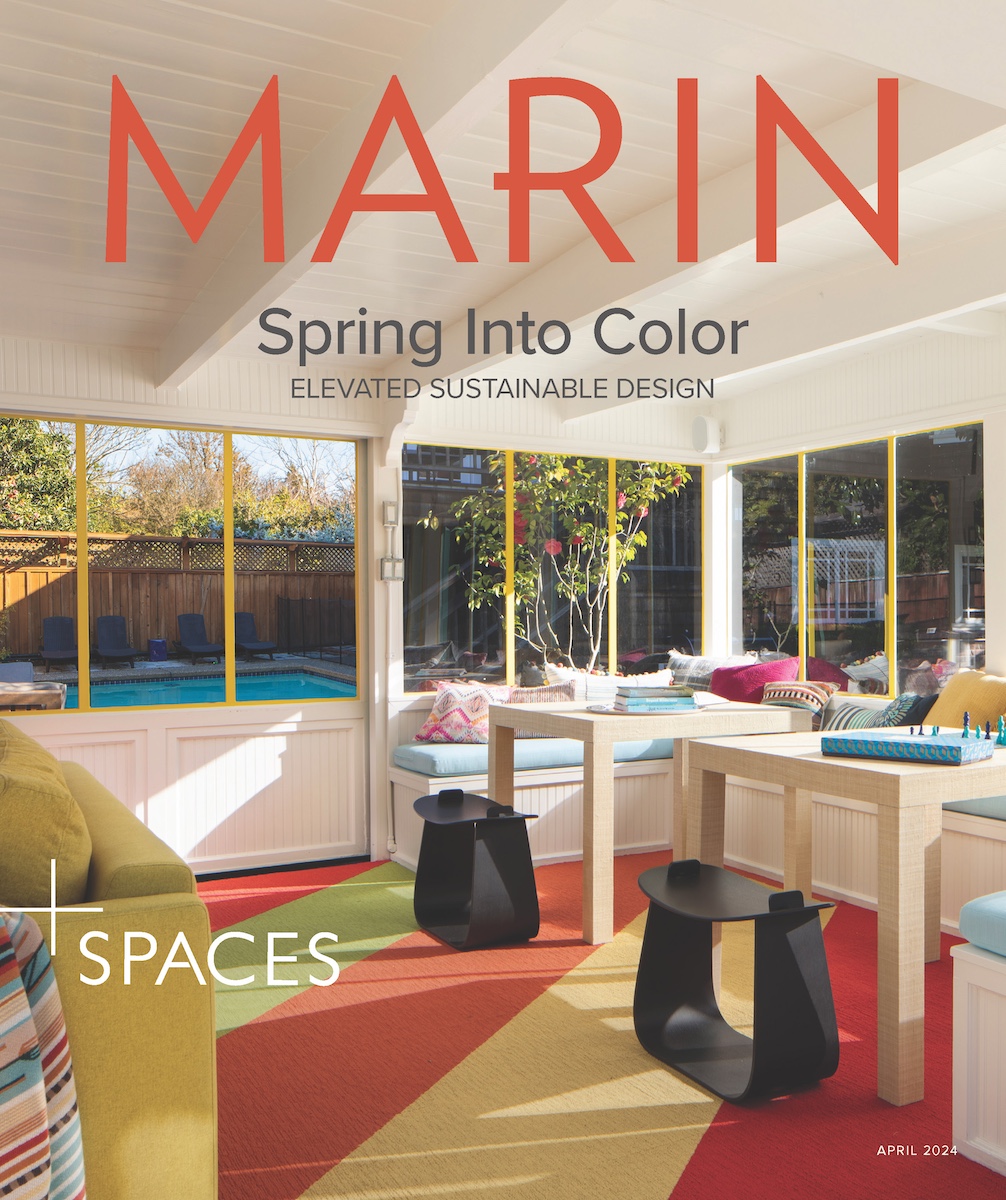
MANY OF US drive across the Golden Gate Bridge on a regular basis without thinking much about the toll — until we get our FasTrak invoice, that is. But without human toll collectors (this system of collection was eliminated in 2013) there are some tollbooth scenarios that raise questions. What happens when you get a new car? What if you are using a rental car? We’ve gathered some information to provide you with smoothest crossing possible.
• Talk to a rental agent about enrolling in the company’s tolling program if you anticipate crossing the bridge in your temporary ride. Most major companies offer a few different options depending on your needs.
• Do you enjoy discounted tolls and automatic deductions? So do other drivers, making FasTrak the most popular and convenient option for daily commuters.
• The pay-by-plate option allows drivers to have their card charged per crossing without a transponder or the prepaid toll balance that FasTrak requires, but unfortunately drivers won’t receive the $1 off per crossing that FasTrak offers.
• One-time payments are great for visitors who don’t live in the area. Payments can be made 30 days before crossing, or within 48 hours after.
• If you haven’t set up any payments or enrolled in any of the available programs, make sure your car registration information contains your correct address, because a toll invoice will be sent there. Unpaid tolls will incur an additional $25 penalty and out-of-state defaulters are taken to collection.
• New car? No toll. Yes, you can set up a FasTrak account, or make a one-time payment, or simply take advantage of toll-free crossings until you register your vehicle with the DMV.

This article originally appeared in Marin Magazine’s print edition under the headline: “Free Crossing?”

Kasia Pawlowska loves words. A native of Poland, Kasia moved to the States when she was seven. The San Francisco State University creative writing graduate went on to write for publications like the San Francisco Bay Guardian and KQED Arts among others prior to joining the Marin Magazine staff. Topics Kasia has covered include travel, trends, mushroom hunting, an award-winning series on social media addiction and loads of other random things. When she’s not busy blogging or researching and writing articles, she’s either at home writing postcards and reading or going to shows. Recently, Kasia has been trying to branch out and diversify, ie: use different emojis. Her quest for the perfect chip is never-ending.


